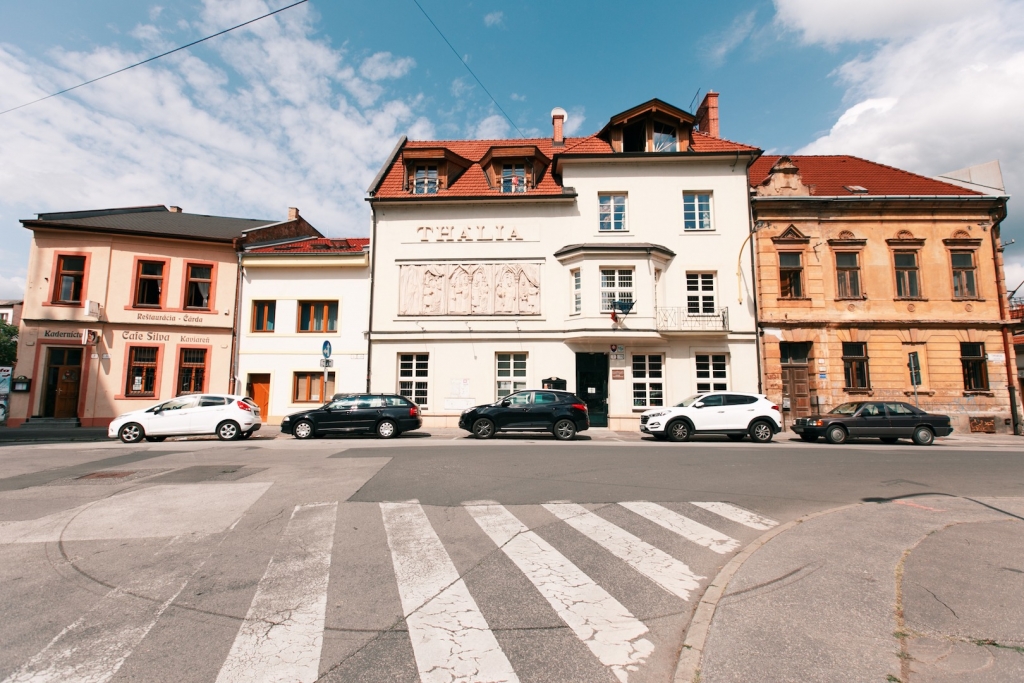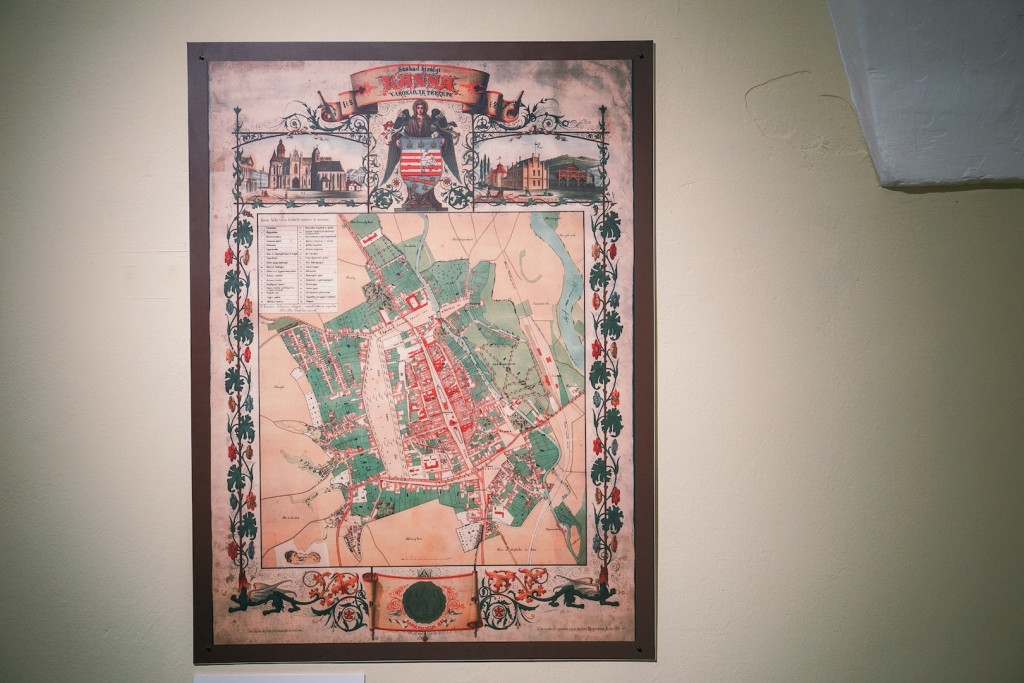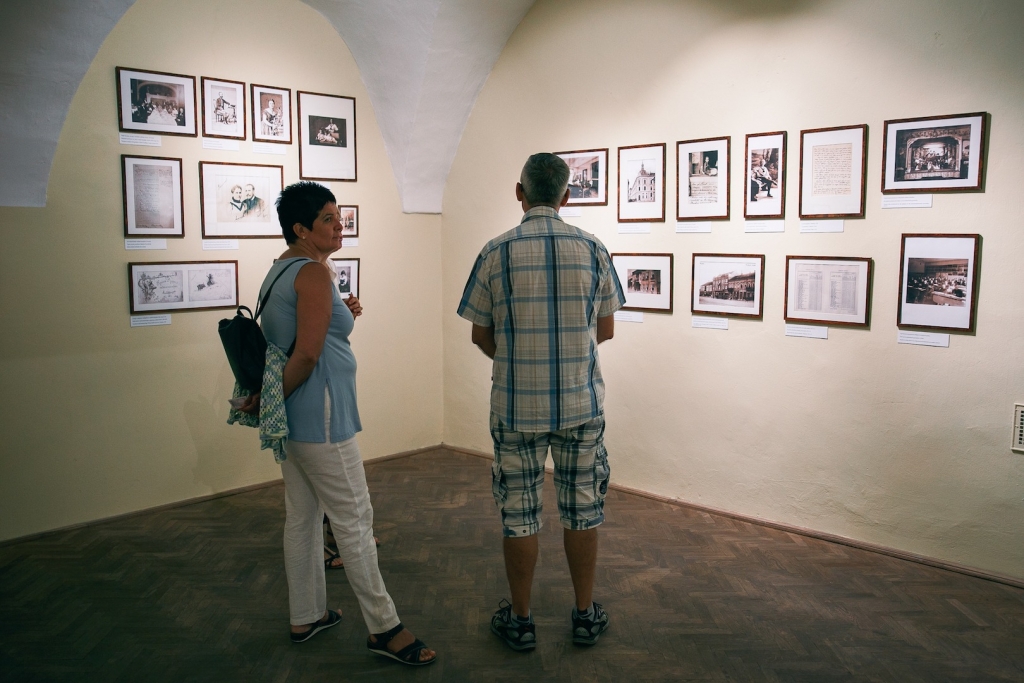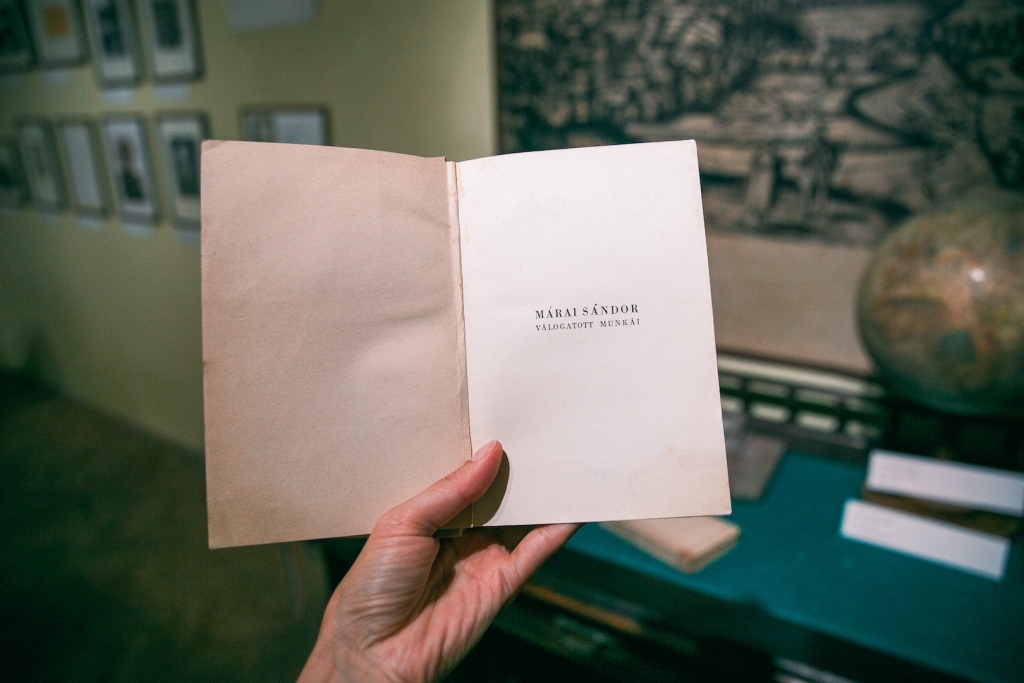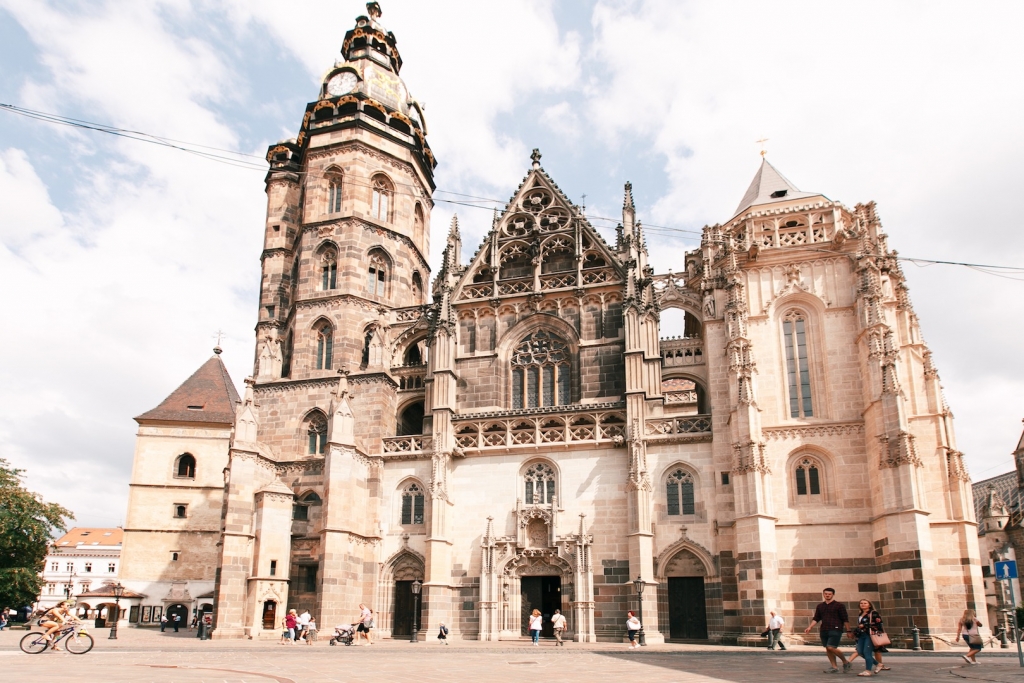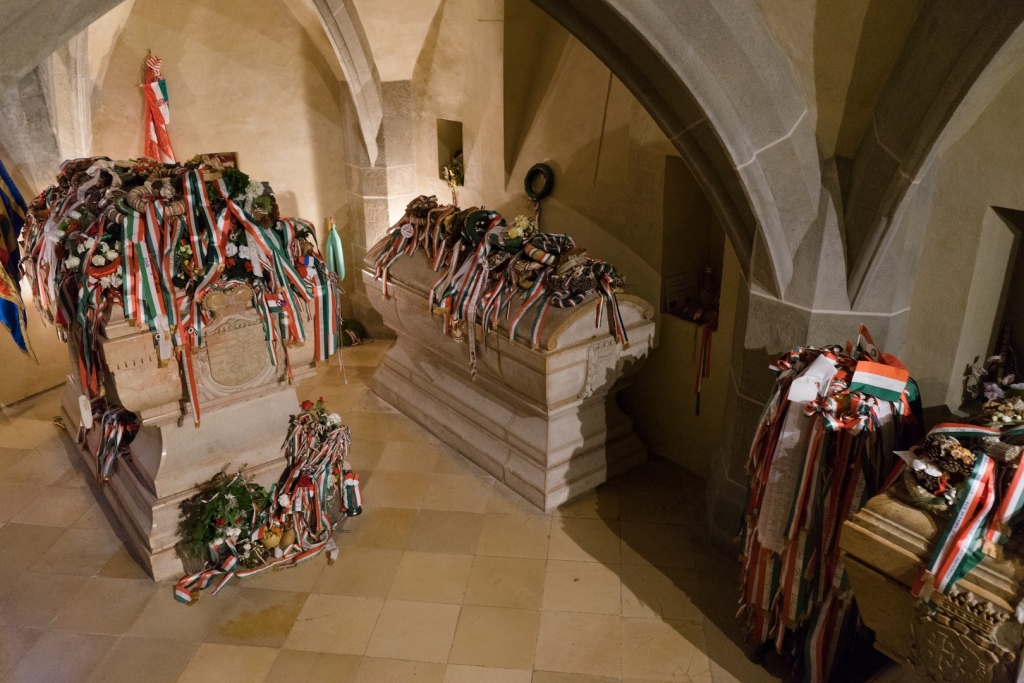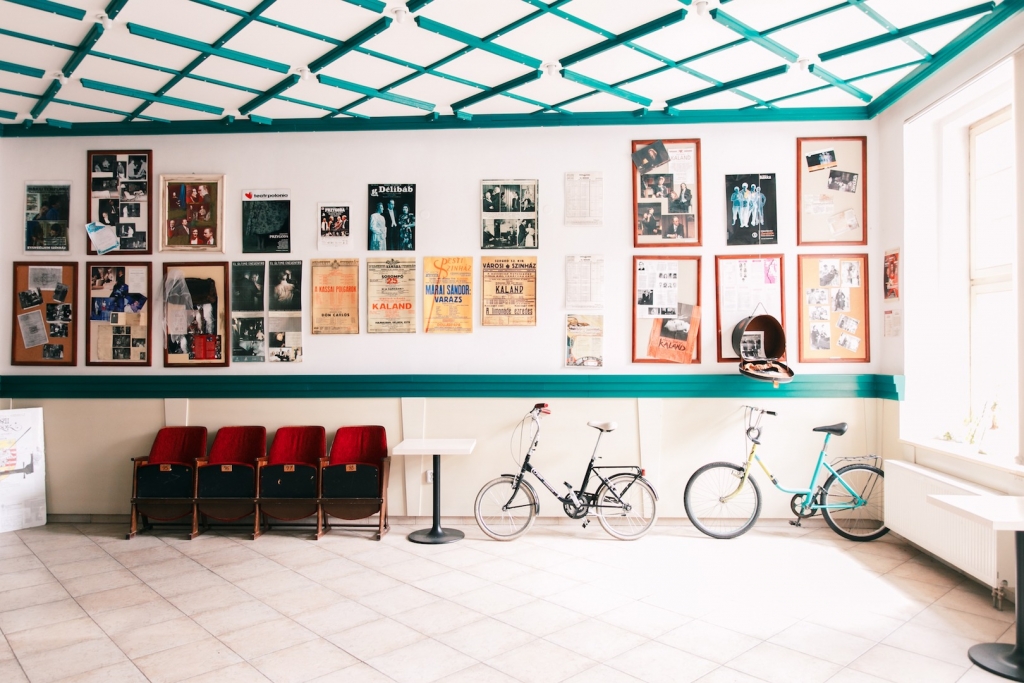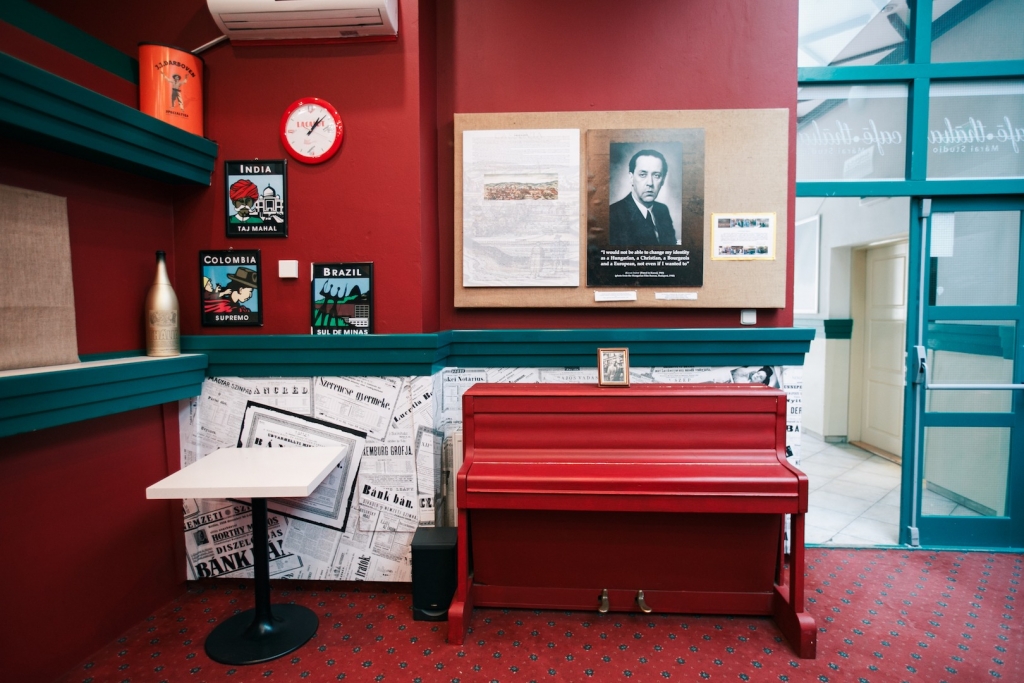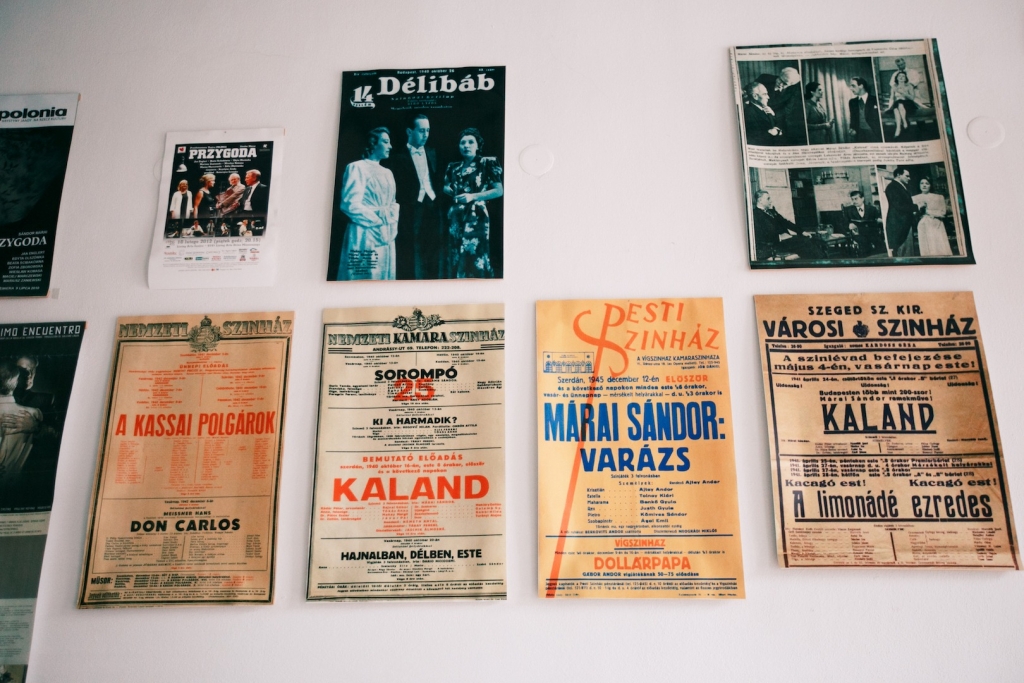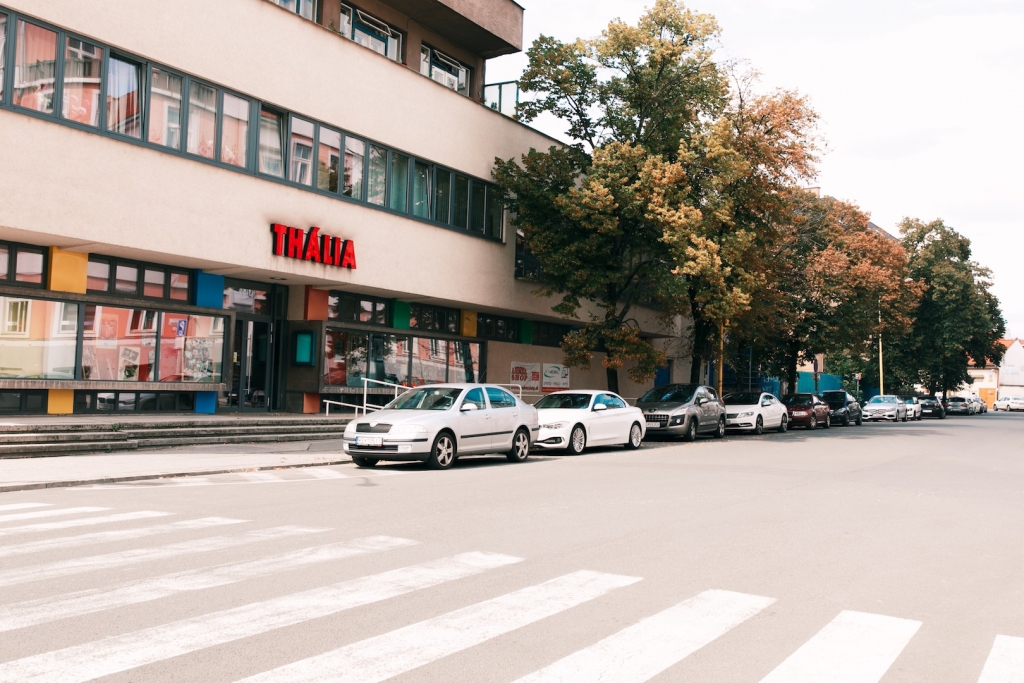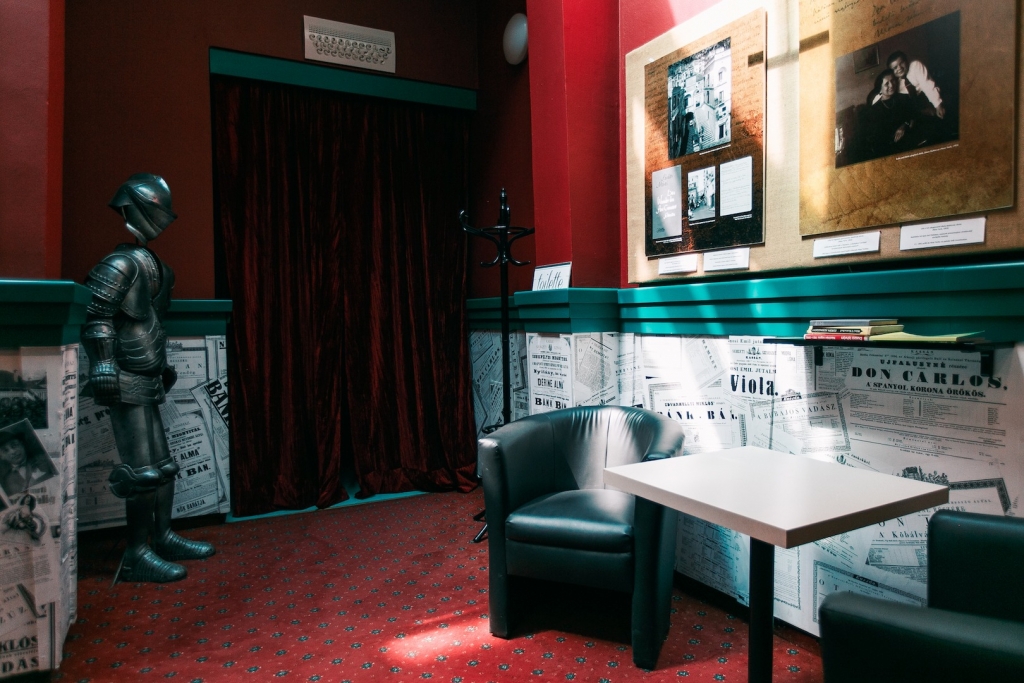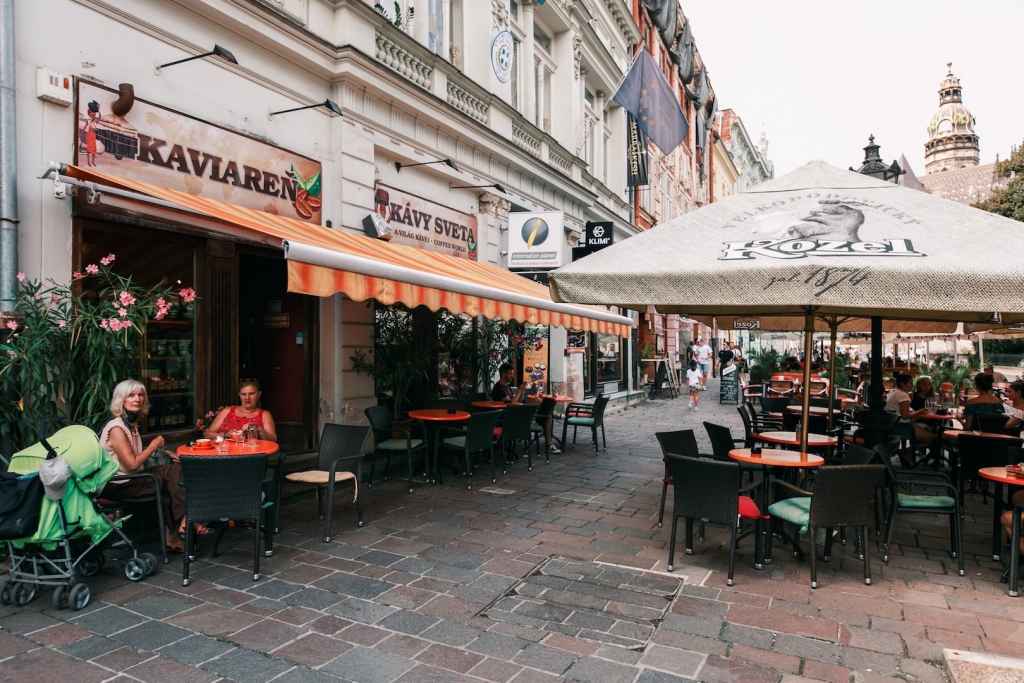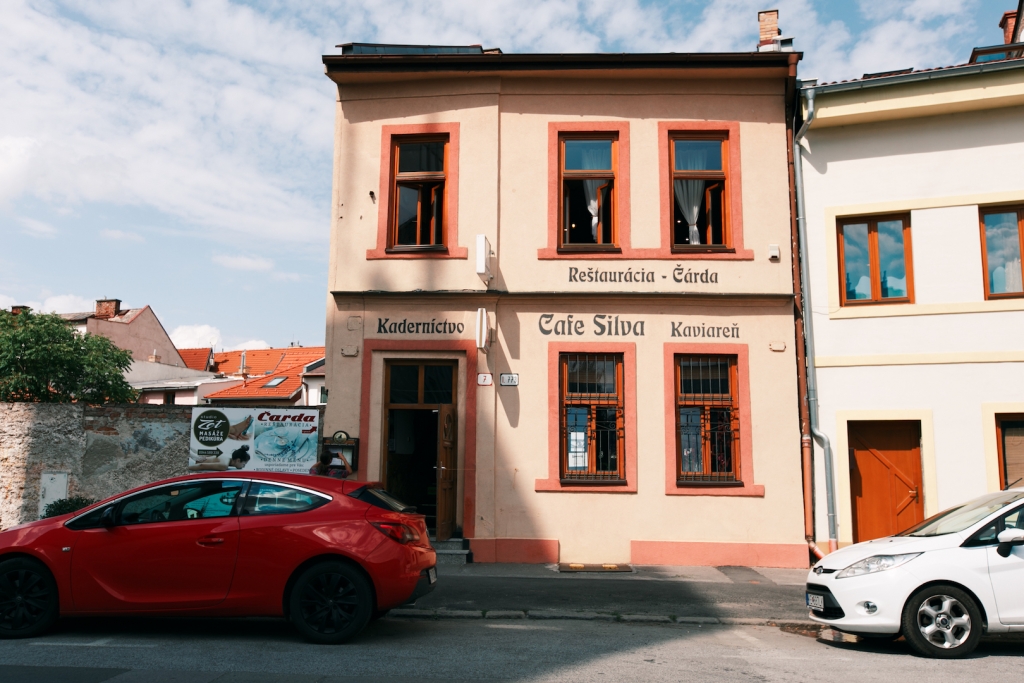Explore the Hungarian side of the second largest city of Slovakia: Košice
Thinking Košice and its identity, one cannot omit countries’ hundreds of years of the common heritage. Since the 13th century, Košice has become a melting pot of Eastern Europe having Slavic tribes, Germans and Hungarians on board. Slow down your pace for a while and let the local history buff Ivo take you on a trip. See how changeable and intertwined international relations can be. Dive into the (in)tangible culture settled well in the town of Košice.
In-between being Hungarian and Slovak
Once upon a time, Košice was an important trade centre. Given the title of the second city and the capital of Upper Hungary, it used to be a free royal town of the Austro-Hungarian Empire with a privilege of retaining its own customs. Such a prestigious business environment naturally attracted other nationalities, too – German, Polish, Czech even Italian. Later on, a variety of nationalities also brought a diversity of religions, especially Judaism.
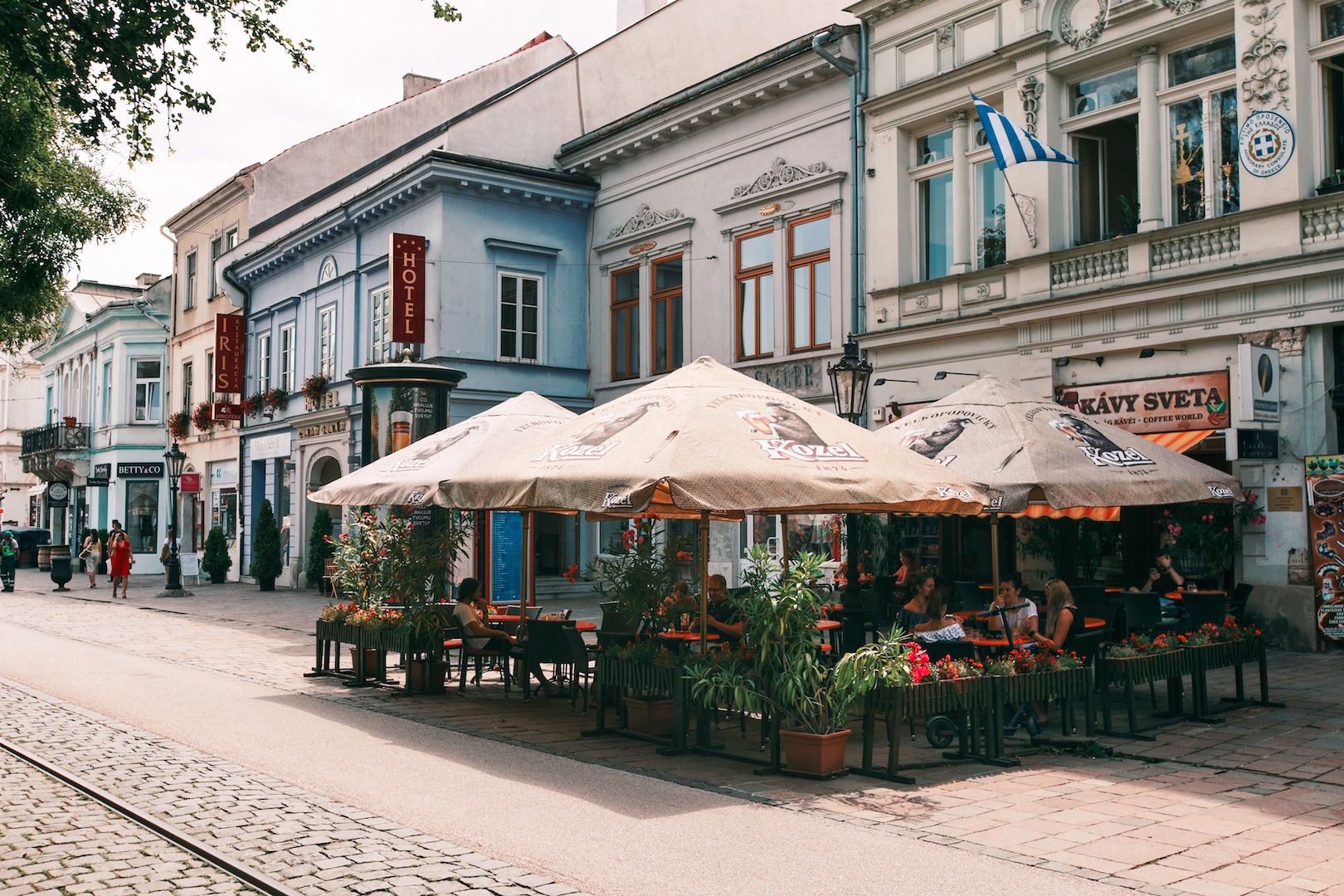
Sándor Márai (1900 – 1989)
“In Košice, Slovak was never spoken widely. Slovak intelligence* has never lived in this city. Košice was under such a weak Slovak influence that the one who grew up there never learned Slovak. For example, the writer of these lines spent his childhood there, went to school there and up to these days he hasn’t learned a single word, which I sincerely regret, just like every wasted opportunity to learn.” Újság, 22.9.‘33
Ask anyone from Košice, no doubt you’ll be answered Sándor Márai is the most famous local writer. But how come he stands out from the crowd so much? Not only his writings, such as Confessions of a Bourgeois or Embers that brought him world recognition, but it’s his backbone that highlights the body of work. He comes through free of political embarrassment and his political views even helped support changing Europe. Sándor was one of the first to condemn Hitler and would have nothing to do with the communists either due to which he emigrated to the USA. Supporting his own beliefs, he demanded that none of his articles could be translated into communist-regime countries. Márai was also the first to introduce Hungarians Franz Kafka’s novels, an important action against bureaucratic machinery.
A beautiful elementary school and a gymnasium standing on Kuzmány Street since 1928 has Hungarian as the official language. Just like his work Košická pochôdzka, this very school was surely named after Márai’s novel. Feel free to stop by Sándor’s statue for a word or two. Sit back and contemplate. On the corner of Zbrojničná and Mäsiarska, he’s waiting for you. Afterwards, stop by the place where Sándor spent his childhood. Visit the room and learn about the ample adventures of his life journey. You can look forward to seeing the personal belongings, scripts and photographs of this spectacular man. The room has recently been renovated and extended into the full house.
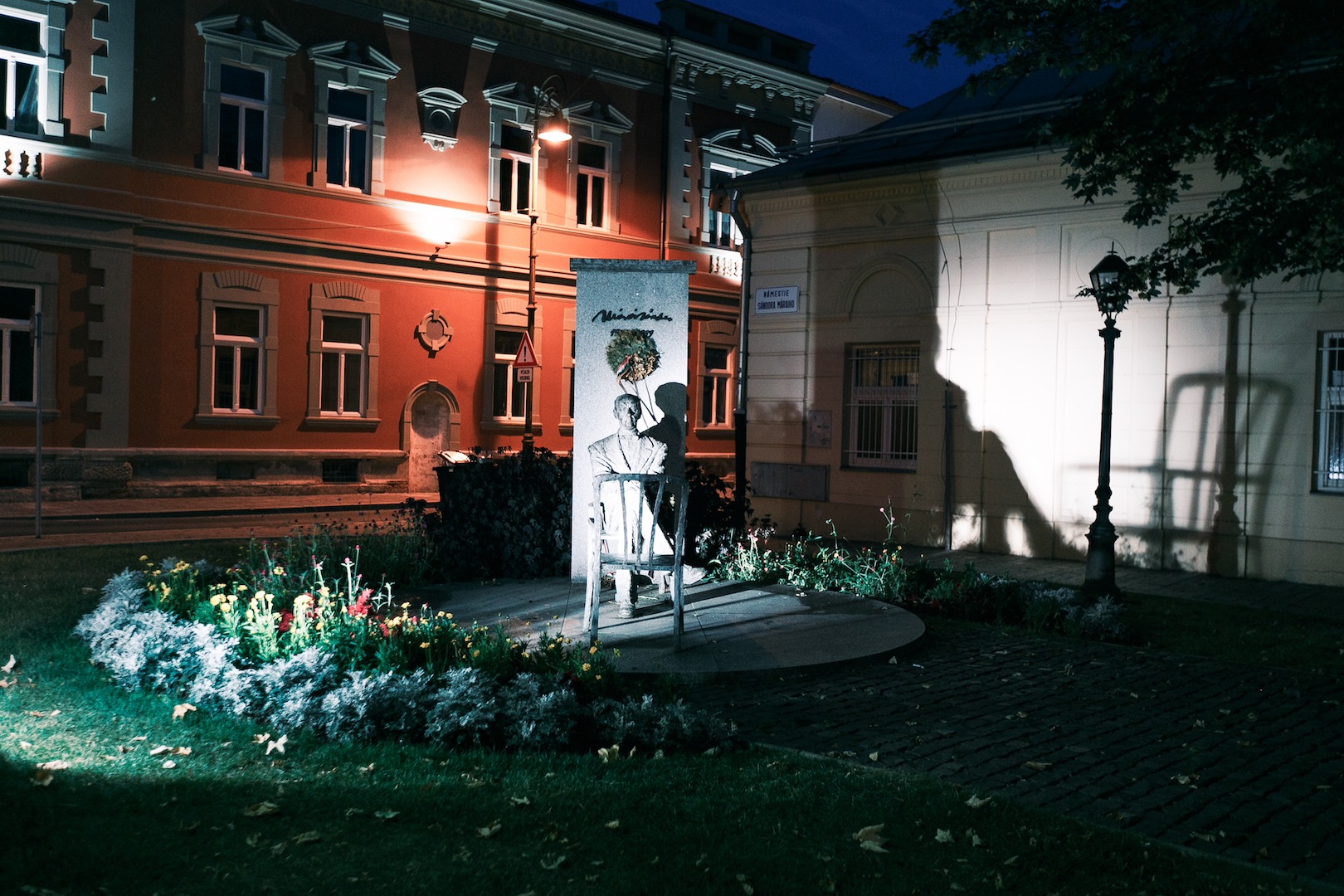
Leader of the Anti-Habsburg uprising
The year 1700. Ferenc Rákoczi II., the leader of the rebellion against the powerful monarchs of the empire, was arrested in Vienna for the preparation of the uprising. However, he fled to Poland and returned to the Hungarian homeland in order to start the anti-Habsburg uprising. Rákoczi had been hanging out in Košice quite often but had to abandon the city he claimed to be most loyal to due to the suppression of the rebellion. First to Poland, later on to France and finally to the European part of the Ottoman Empire where he spent the rest of his life.
Ferenc II. Rákoczi’s Tomb
The question to return Rákoczi’s remnants to Košice was opened in 1862 but did not gain much support. The main problem was obtaining the approval of Emperor Franz Joseph I, whose ancestor was the uprising’s, and hence, Rákoczi’s main target. Finally, the Emperor granted permission in 1904, so the city could start preparing the way for the new tomb. In 1906 Rákoczi and his whole family‘s remains were deposited in the tomb of the Dome of St Elisabeth. The ceremony must have been truly impressive since it was received with enthusiasm of 100,000 people. The tomb can be visited after paying a symbolic fee at the information kiosk right in Dome of St Elizabeth.
Hungarian community & theatre
Despite the fact that the number of fellow Hungarian citizens in our town gradually decreased, the remaining undoubtedly belong to the most active and vibrant minority. The Csemadoku – Hungarian Social and Cultural Union in Slovakia has been operating in the city for more than 60 years now. There is a kindergarten with plenty of pupils whose mother tongue is Hungarian and a primary school with a grammar school of Sándor Márai. The city can boast with a secondary vocational school of Jozef Szakkay, which is also home to the Thália Theatre, precisely because the theatre is the school’s former gym. The theatre began to write its history in 1959, by a decision of a socialist party to establish the second Hungarian theatre in the Slovak Republic. Ten years later, the Vox Humana Theater was established in Košice. However, based on the political situation in the country, that name could not be used.
After the suppression of the Prague Spring, the occupation of troops under the Warsaw Pact and the initial normalisation of the names, Vox Humana strongly reminded people of Dubček’s “socialism with a human face”. Vox humana, however, is the sound of the organ that most resembles the human voice, and also the work of the prominent Hungarian intellectual and writer Zoltan Fábry. Perhaps this is where the name comes from. The new name Thália was attributed to the muse of the theatre. Pay attention to a very special interior of the northernmost Hungarian speaking theatre, it is spectacular.
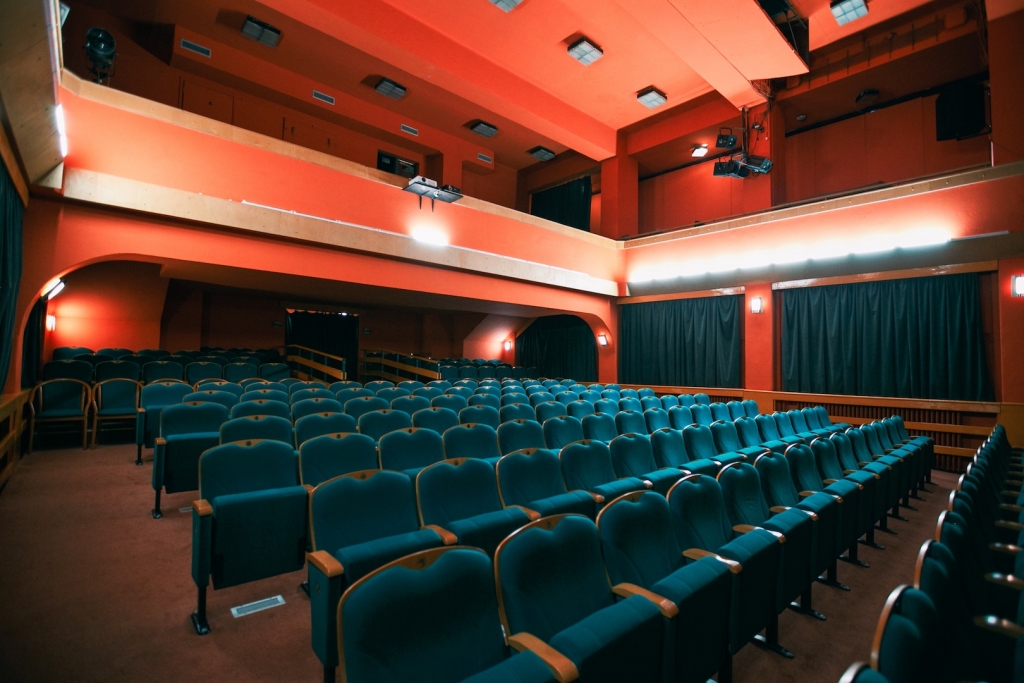
Goulash, pörkölt & hundreds of coffees
Travel-weary from your wanderings? Why not stop by the nearby low-cost restaurant Čárda. Csarda is the original name for an inn located on trade routes for passersby who could easily refresh themselves with generous Hungarian dishes and wine or stay overnight. Find goulash, stews and other Hungarian meals in a simple setting here – BTW, half portions, half price.
Nothing tastes so good after a good Hungarian lunch but a coffee in Kávy sveta (Coffees of the World). A cosy café, where you can easily start a friendly talk in Hungarian. Find pictures, exhibitions or a library with Hungarian literature on the walls. You can even spot a painting of Sándor Márai.
text: Ivo Mráz
Learn more about the Hungarian side of the city and explore Košice from an unknown angle. The newest local guide to your touristic dream is now on sale only for €14.90! Book here.

